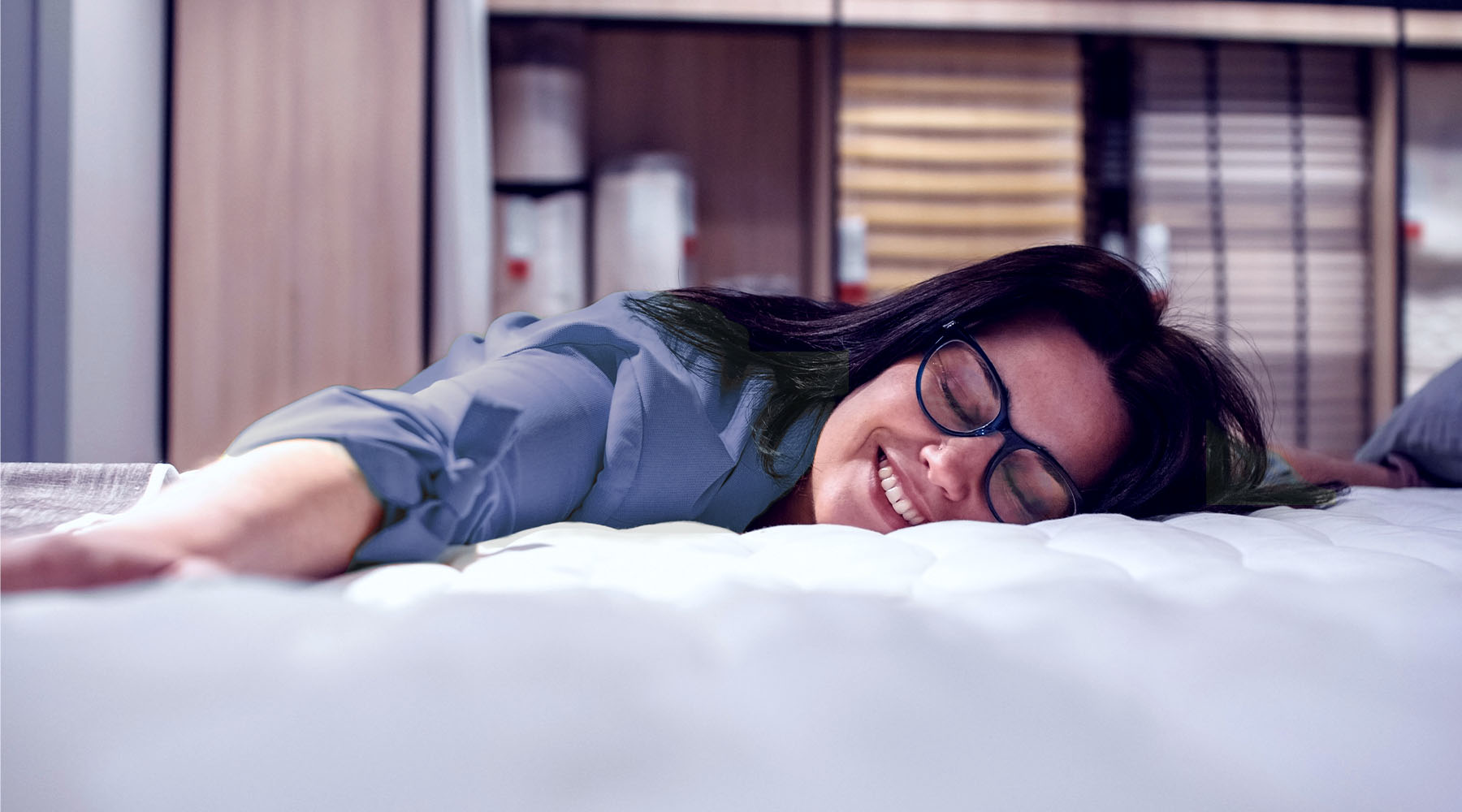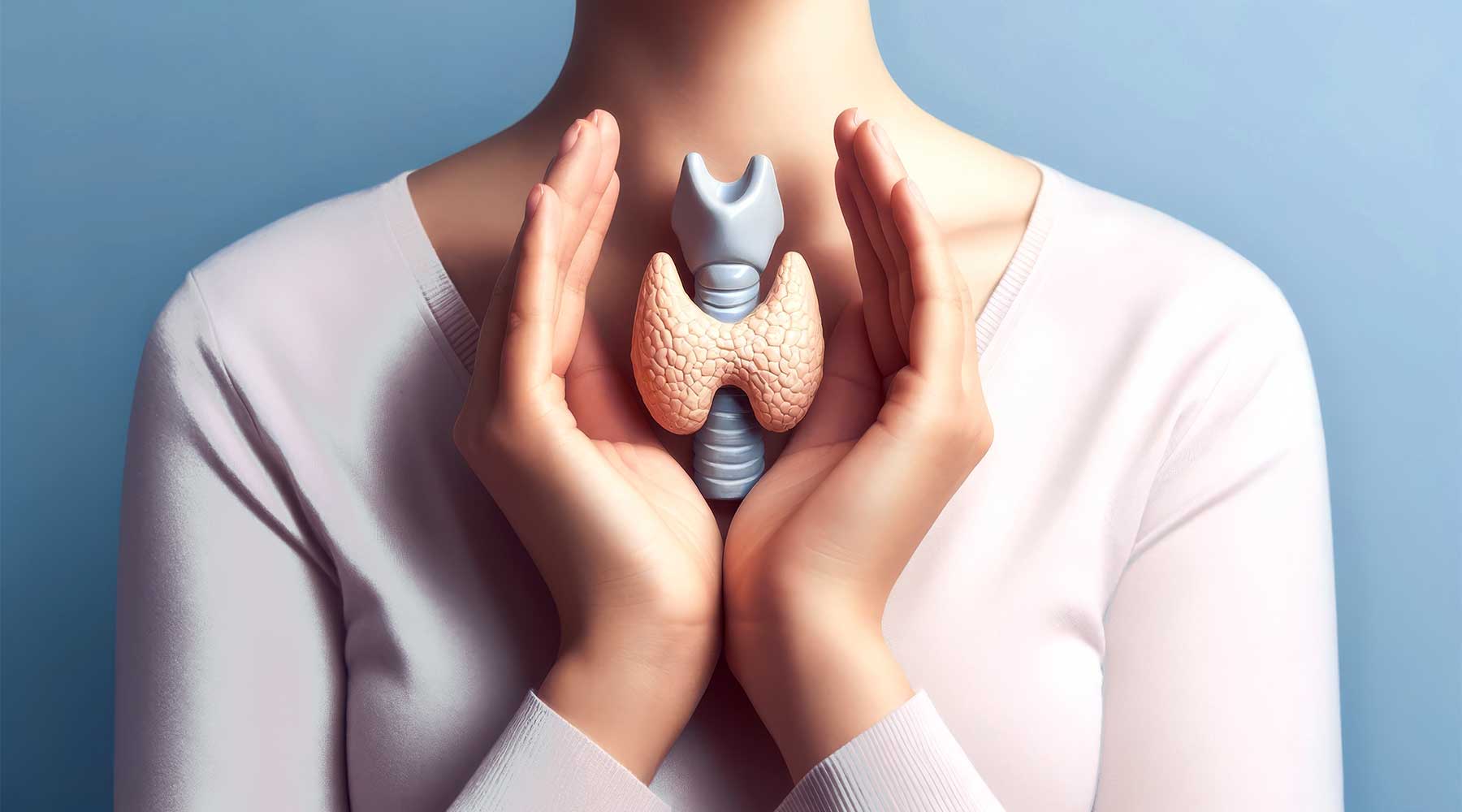
Finding the right mattress
A comfortable mattress is essential for a restful sleep. We'll show you what to look for when buying a mattress and why the degree of firmness, support zones, etc. should be a perfect fit for you.
Table of contents
- Characteristics of a good mattress
- How to choose the right mattress
- Tips for Buying a Mattress
- Conclusion
We all know the feeling when we stay overnight with friends or in a hotel and feel exhausted in the morning. This is often because we slept on an unfamiliar and unsuitable mattress. The mattress plays a crucial role in ensuring that we lie comfortably at night and can therefore completely rest and relax. In your own four walls, it is therefore highly recommended to adapt the mattress to your individual needs in order to lie comfortably and sleep well in the long term. But what exactly makes a good mattress and how do you find the "right" mattress for you?
1. Characteristics of a good mattress
A good mattress should be flexible, supportive and adaptable to enable an ergonomic and comfortable posture. A medically correct sleeping position ensures that the shoulders and cervical spine are at right angles to each other, while the head and spine down to the pelvis form a straight line.

A good mattress ensures that the pronounced parts of the body, such as the shoulders or pelvis, sink in optimally and the body is still well stabilized. This helps to avoid pressure points that lead to tension the next morning. It is also important that the mattress can adapt quickly when you move - after all, we change our lying position up to 80 times during sleep.
2. How to choose the right mattress
When choosing the perfect mattress, the degree of firmness, your own body shape, your preferred sleeping position and the material used are particularly important. The higher your body weight, the firmer the mattress should be. Support zones defined according to your sleeping position and body shape ensure that the spine is positioned straight and the body (especially shoulders and hips) sinks in properly. The length, width and material of the mattress are measured based on your height and personal preferences. If you share your bed with someone, you should also consider whether your individual needs match and whether you would prefer to use one large mattress or two small ones.
size/dimensions
The size of the mattress depends entirely on how much space you need when sleeping. As a rule of thumb, the length of the mattress should be at least 20 cm higher than your height. If you are over 180 cm tall, it may be worth considering a sleeping area of 220 cm.
Common mattress sizes for adults are 90 – 180 cm wide and 200 – 220 cm high. The standard sizes Queen Size (160 x 200 cm) or King Size (180 x 200 cm) are particularly well-known.
degree of hardness
Body weight is essential for choosing the right level of firmness. The higher the weight, the harder the mattress should be so that it has sufficient support. For orientation, firmness levels are divided into levels H1 to H5. If you have a bed partner and the weight difference is more than 15 kilograms, you should choose two separate mattresses.
- Hardness level H1: up to 60 kg
- Hardness level H2: 60-80 kg
- Hardness level H3: 80-100 kg
- Hardness level H4: from 100 kg
- Hardness level H5: from 130 kg
Tip: The firmness of the mattress also plays a role in the choice of pillow, because how deeply your pillow sinks in can influence how high it needs to be for you to lie comfortably. To the pillow guide ➨
support zones
When choosing a mattress, the main thing to consider in terms of body shape is the relationship between the shoulders and hips and the position in which they rest. Depending on whether they are more or less pronounced and whether you prefer to sleep on your back, side or stomach, the pressure you exert on certain areas can change. With a mattress that has the right support zones, pressure points can be relieved and the corresponding areas of the body can be optimally supported. Many mattresses today have a 7-zone support technology, in which the mattress is divided into special areas for the head, shoulder, lordosis, pelvis, thighs, calves and feet. This means that the different areas of the body and an ergonomic lying position can be perfectly supported.

material
Spring core, latex, cold foam, visco - a mattress can be made of a variety of natural and synthetic materials, each with its own advantages and disadvantages. It often depends on which material you feel most comfortable with and whether the material properties suit your needs. For example, a spring core mattress is suitable for people who sweat a lot at night, as it stores little heat and has good air circulation. A person who gets cold easily can opt for a foam mattress, as these usually have good heat insulation. Allergy sufferers, on the other hand, benefit from the particularly hygienic structure of a latex mattress or a breathable spring core or foam base.
3. Tips for buying a mattress
Finding the perfect mattress can be exhausting. That's why we're giving you some tips on how to find the right mattress faster.
👉 Be preparedIt's best if you already know your body weight and height and can roughly say which sleeping position you sleep best in. This way you can directly compare different product features and get advice based on your needs.
👉 Try out the bed during the dayTrying out a mattress is the most important thing, because only you can say whether it feels comfortable for you. To get an objective impression, it's best to do the test during the day - because in the evening, when you're already exhausted and tired, any mattress will definitely feel cozy and comfortable.

👉 Test correctly
In a store, and possibly under the observation of an employee, many people don't dare to lie down completely on the bed. However, it is important not only to do a sitting and pressing test, but also to test how it feels when lying down in the usual sleeping position - no matter how awkward it looks.
👉 Get advice
Trained professionals can quickly help you find a mattress that meets your sleeping needs and you can also ask any questions you may have.
4. Conclusion
-
When choosing a mattress, the degree of firmness, size, support function and material are important.
-
The mattress should suit your body shape, body weight and special sleeping needs such as sweating or back problems.
-
Be well prepared and try out the bed during the day and get advice from a specialist so you can make a choice more quickly.
Best wishes and see you soon!



Leave a comment
This site is protected by hCaptcha and the hCaptcha Privacy Policy and Terms of Service apply.